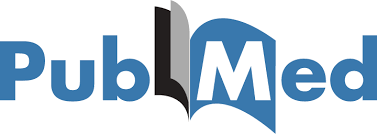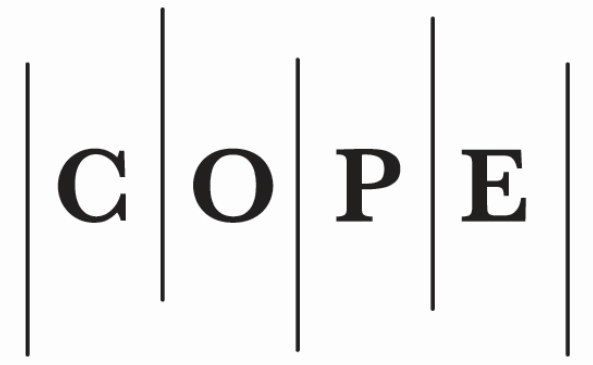Direction of Exaction to Securities
##plugins.themes.bootstrap3.article.main##
Abstract
After the determination of the right to private ownership as the basis of Lithuania's economy, the meaning of securities as a property has significantly grown. Thus more and more often the need to levy execution to securities of debtor arises.
The legal regulation of this issue has not been widely analysed. However, the practice shows that several problems exist in this area. It is not clear, for example, the bailiff of which bailiff's office has to levy execution to securities. The valid rules of execution process are hardly applicable to the arrest of intangible property. The problem arises how to preserve the value of arrested shares until realisation, while not violating the non–proprietary rights of the debtor as a shareholder. Those and several other problems related to the levying of execution to securities are dealt with in this article.
The legal regulation of this issue has not been widely analysed. However, the practice shows that several problems exist in this area. It is not clear, for example, the bailiff of which bailiff's office has to levy execution to securities. The valid rules of execution process are hardly applicable to the arrest of intangible property. The problem arises how to preserve the value of arrested shares until realisation, while not violating the non–proprietary rights of the debtor as a shareholder. Those and several other problems related to the levying of execution to securities are dealt with in this article.
##plugins.themes.bootstrap3.article.details##
Section
Articles
This is an open-access journal, which means that all content is freely available without charge to the user or their institution. Users are allowed to read, download, copy, distribute, print, search, or link to the full texts of the articles in this journal without asking prior permission from the publisher or the author. This follows the BOAI definition of open access. Authors contributing to Jurisprudence agree to publish their articles under a Creative Commons Attribution 4.0 International Public (CC BY) License (applicable from 2025).
![]() Authors retain copyright of their work, with first publication rights granted to the Association for Learning Technology.
Authors retain copyright of their work, with first publication rights granted to the Association for Learning Technology.
Please see Copyright and Licence Agreement for further details.






